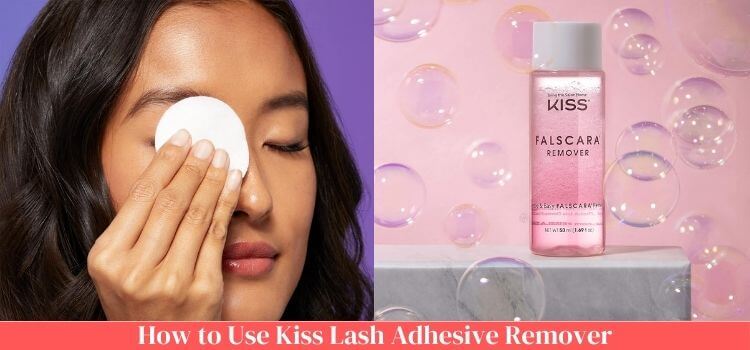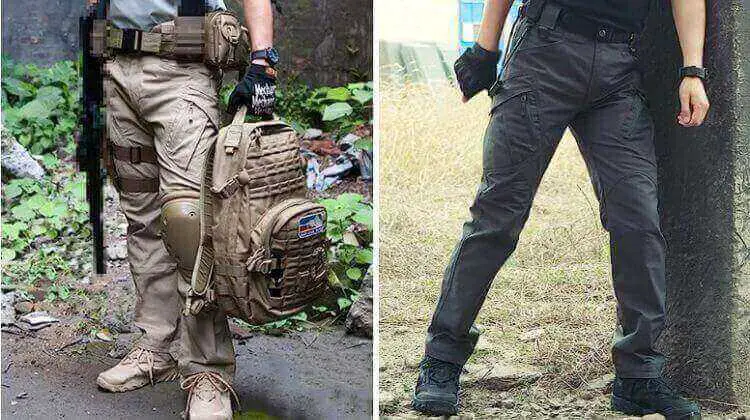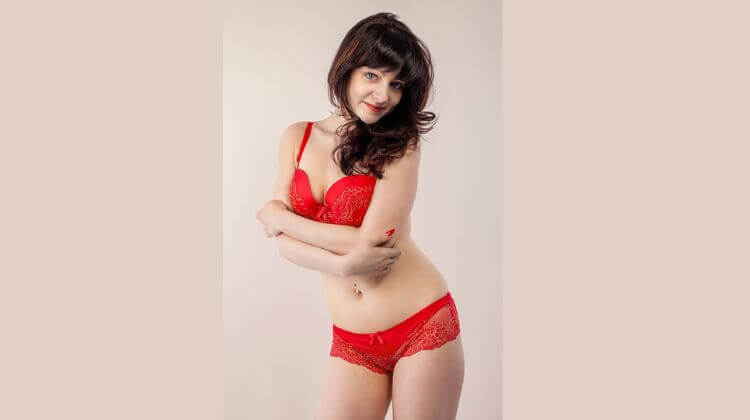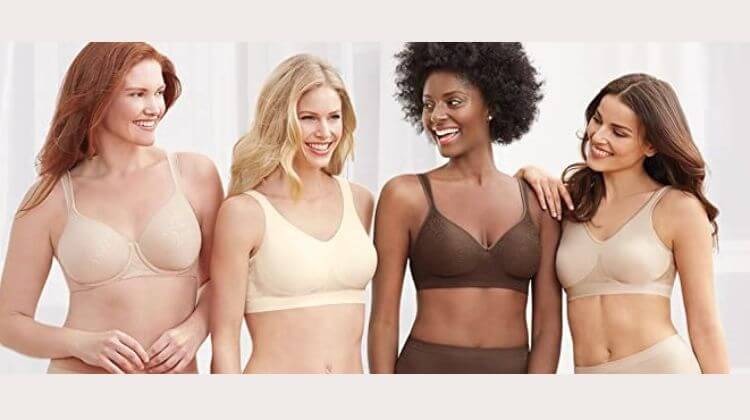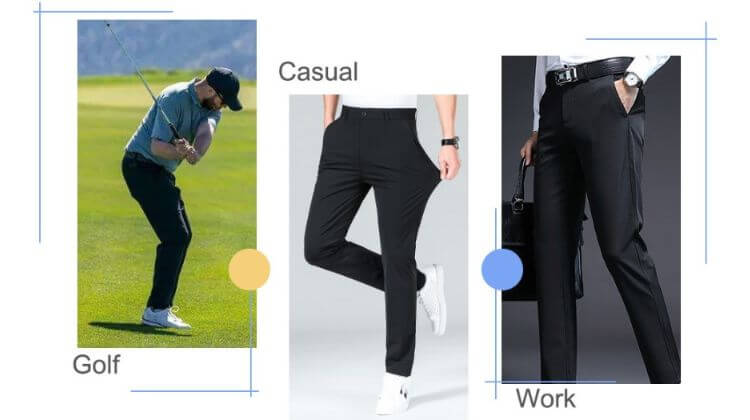As an Amazon Associate, I earn from qualifying purchases.
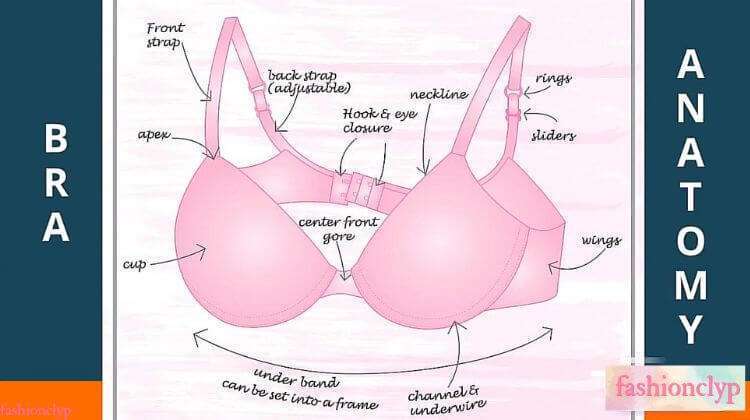
Bras are a staple in most women’s wardrobes. Do you know the various components that form the structure of a bra? Understanding the different aspects of a bra could help you select the most suitable style and fit for your body. In this visual guide, we’ll break down the anatomy of a bra into its key components and explain its functions.
Bra Parts Diagram: The Best Guide
The Band
Function: Support and Comfort
The band is the foundation of a bra and provides the majority of the support. It should fit snugly around the rib cage, parallel to the ground. The band has two key components:
Hook and Eye Closure: The hook and eye closure are located at the back of the band and allow you to adjust the tightness of the bra. It typically has multiple rows of hooks and eyes to accommodate different sizes and preferences.
Elastic Band: The elastic band is part of the band that stretches to fit around your body. The material used for this product is usually a blend of nylon and spandex, which offers both comfort and support.

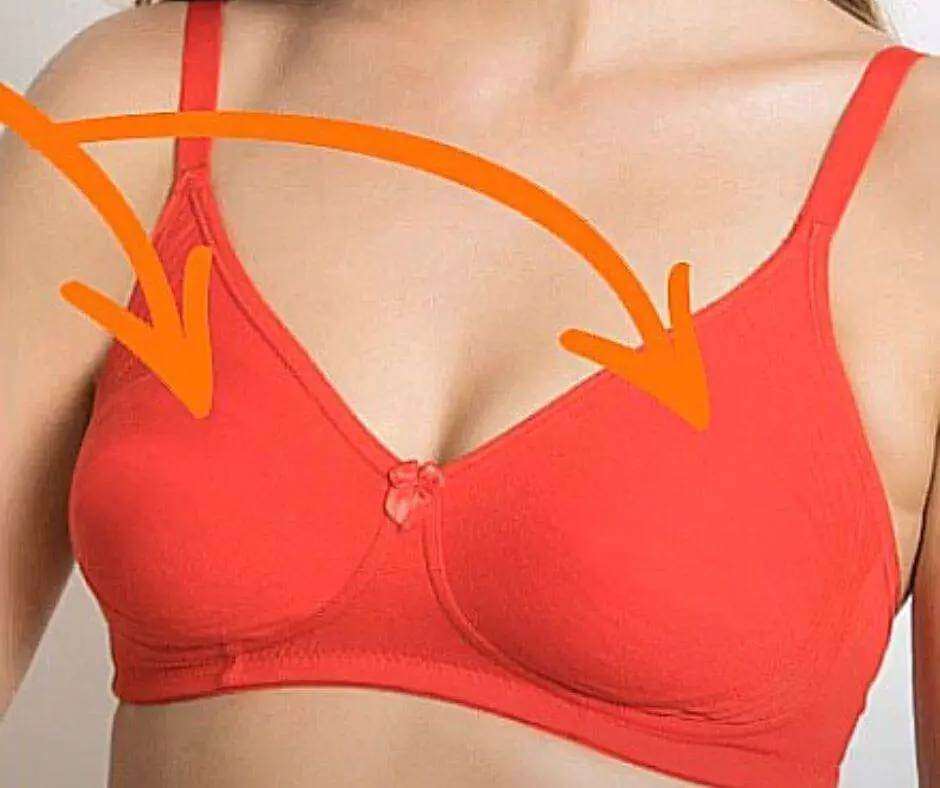
Cups
Function: Shape and Coverage.
Cups enclose the breasts and define their shape, cleavage, and cover nipples. The cups have several components:
Underwire: An underwire is a thin, semi-circular piece of metal or plastic inserted into the cup’s bottom. It provides additional support and helps to lift the breasts.
Padding: To enhance the size and shape of the breasts, padding can be added to the cups. It can be formed of foam, gel, or a variety of different materials.
Lining: The lining is a thin layer of fabric covering the cups’ inside. It helps smooth out the cups’ shape and provides additional support.
Cup Shape: The contour of the cup might vary depending on the bra style. Some common cup shapes include demi, full coverage, and plunge.
Straps
Function: Support and Comfort
Straps are meant to keep the cups of the bra in place. The straps are made up of several components:
Adjusters: The adjusters are located on the back of the straps and allow you to change the length of the straps.
Attachment to the Cup and Band: The straps attach to the cups and band with stitching and hardware, such as rings and sliders.
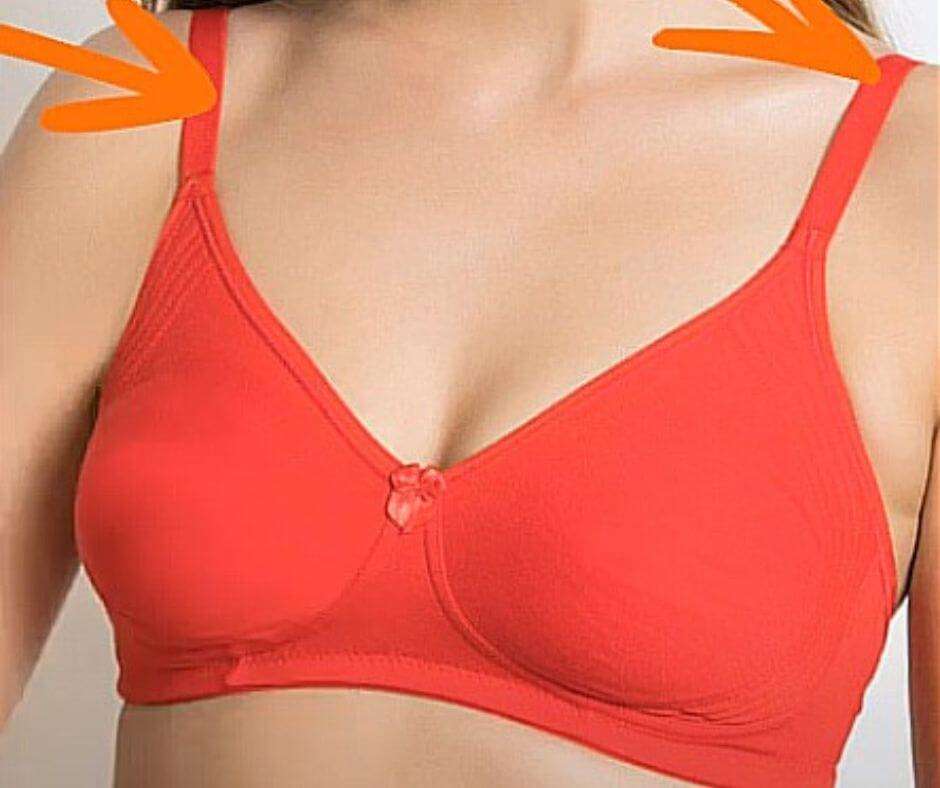
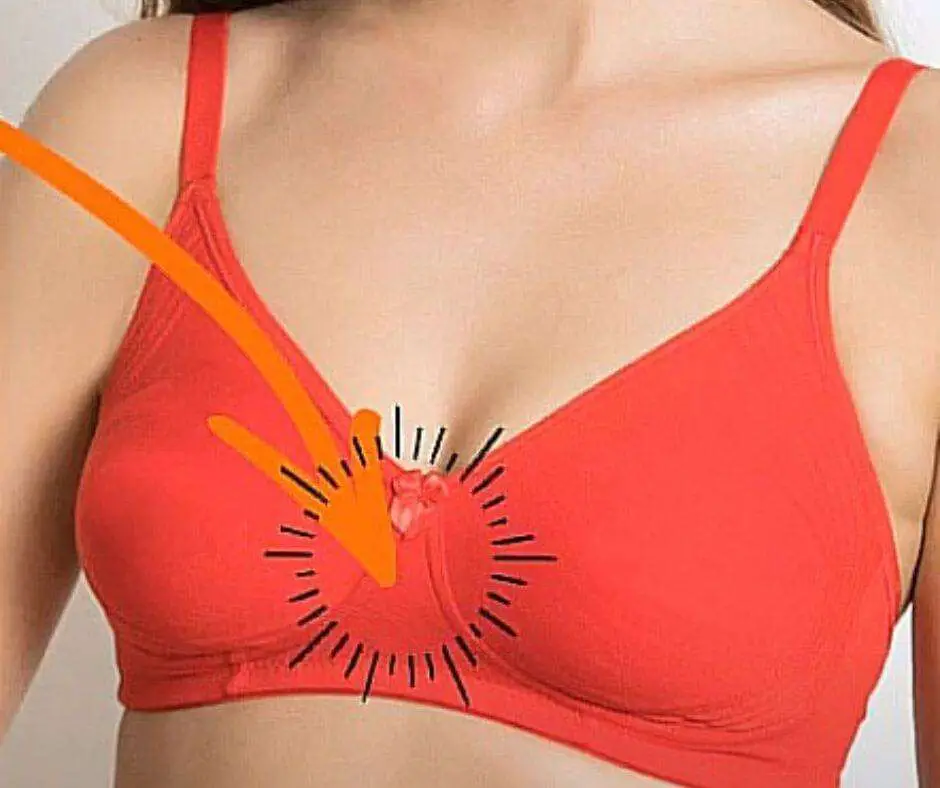
Center Gore
Function: Shape and Support
The center gore is part of the bra that sits between the cups. It helps to keep the cups in place and provides additional support.
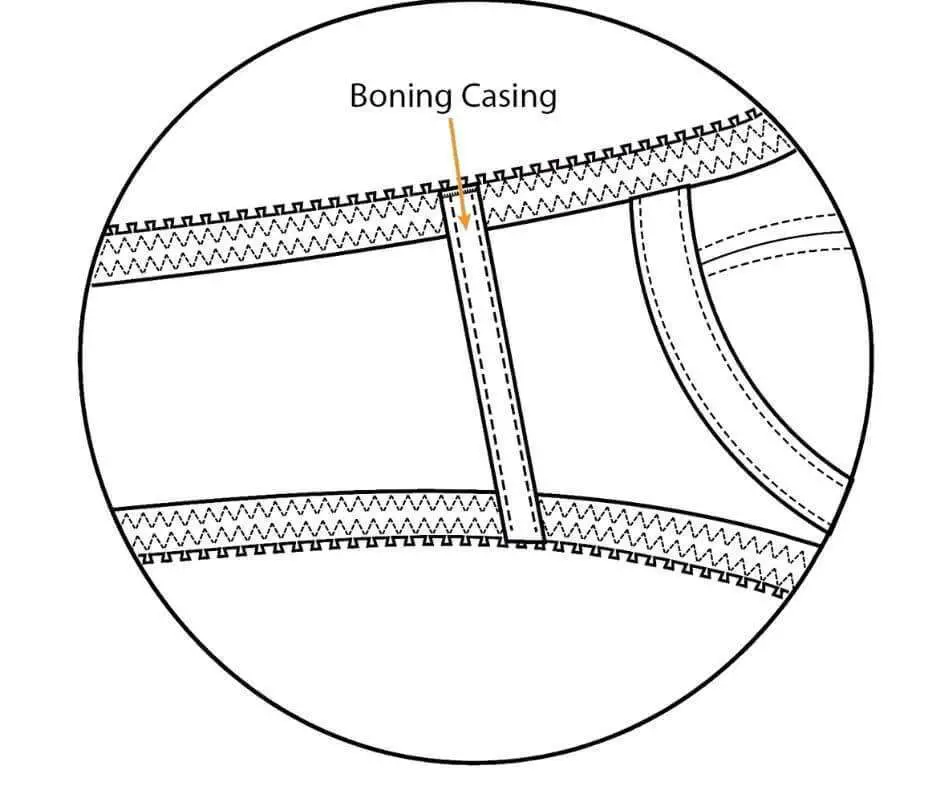
Boning
Boning refers to the flexible strips inserted into the bra’s sides or center. It helps to provide additional support and prevent the band from rolling up.
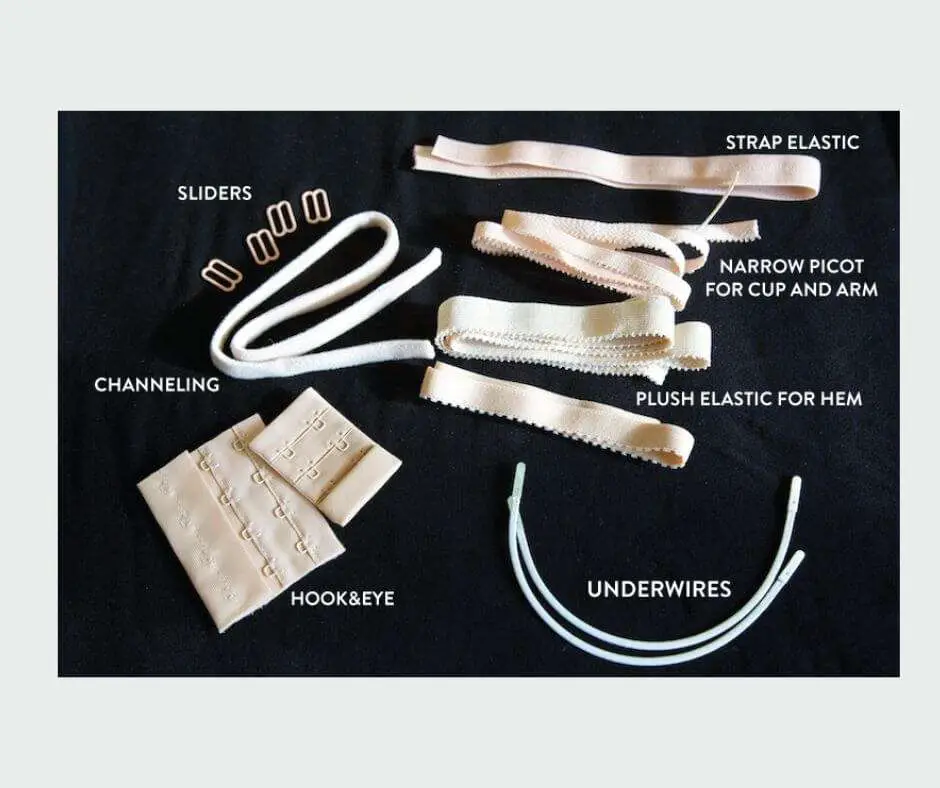
Materials
Bras are produced from a variety of materials, including cotton, nylon, polyester, and silk. The materials used can affect the bra’s comfort, durability, and support. Some fabrics are more breathable, while others may be more prone to stretching or shrinking over time.
Choosing the Right Bra
Choosing the right bra is essential for both comfort and support. When selecting a bra, it’s important to consider factors such as cup size, band size, and style. Consider the event and your attire. And the dress you’ll be wearing the bra with.
To determine your correct bra size, you can measure your band and cup sizes using a measuring tape. A skilled fitter at a lingerie store can also assist you in finding the correct fit.
Common Fit Issues and Solutions
Some common fit issues that women experience with bras include cups that gap, straps that dig into the shoulders, and bands that ride up. These problems are easily rectified by altering the straps, band, or cup size.
If you’re experiencing discomfort or pain while wearing a bra, it’s essential to address the issue by finding a bra that fits appropriately or consulting a healthcare provider.
Conclusion
Knowing the anatomy of a bra can assist you in selecting the best style and fit for your body. The key components of a bra include the band, cups, straps, center gore, boning, and materials. It’s essential to consider factors such as cup size, band size, and style when selecting a bra to ensure comfort and support.
